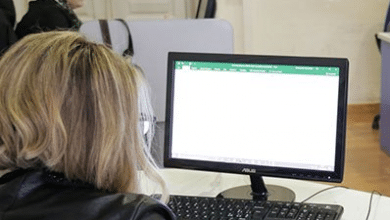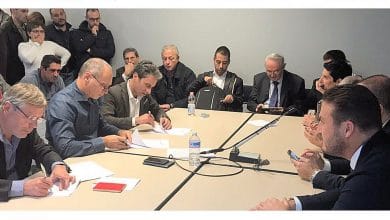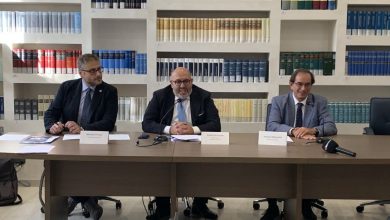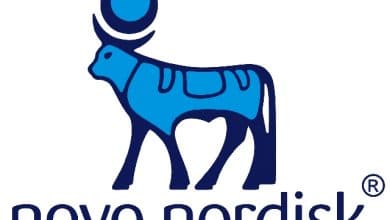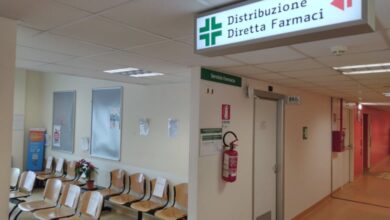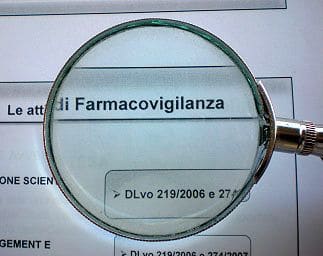
With almost 41,000 reports, 2013 was the year in which Italy recorded a peak, higher than the European average, of adverse drug events and the main sources, after hospital doctors, are pharmacists, followed by specialists and mmg.
Friday, December 19, 2014 – Doctor33
With almost 41,000 reports, 2013 was the year in which Italy recorded a peak, higher than the European average, of adverse drug events and the main sources, after hospital doctors, are pharmacists, followed by specialists and MMG, «equivalent to a reporting rate of 690 cases per million inhabitants
This is the data that emerged from the Report on the health status of the country 2012-2013 presented in Rome according to which the National Pharmacovigilance Network (RNF) recorded 40,957 cases, of which the 31% is serious because it causes hospitalization, "equivalent to a reporting rate of 690 cases per million inhabitants, a result higher than that of other European countries with a strong tradition in pharmacovigilance and the value defined by WHO as gold standard for an efficient security system (300 reports per million inhabitants)».
Hospital doctors represented the main source of reports (52%), followed by pharmacists (16%), specialist doctors (9%) and general practitioners (7%). The most significant increase occurred for drugs other than vaccines (+47%) while for the latter the situation remained stationary, with a slight increase of 0.3%.
Antimicrobials (24%) and antineoplastic (18%) and central nervous system (14%) drugs were among the most reported drugs. The regions with the most active pharmacovigilance activity are Lombardy, Tuscany and Campania which sent the 54% of the reports.
Simone Zazzetta
Related news: The quality of pharmaceutical products and the management of shortages

